|
Lemon Balm (Melissa officinalis), we know it for its beautiful scent and volatile oils. It is one of our basic gentle sedative plants, as it nourishes and sustains the nervous system. Yet there is so much more to Lemon Balm than calming and fragrant tea. In this monograph, explore the herb for its other properties, such as its anti-viral actions against herpes simplex, its helpful actions in autonomic disorders, neuralgic pains, and its more modern uses as an essential oil and hydrosol. I hope you enjoy this learning opportunity! Petra - Doctor of Natural Medicine, Clinical Herbal Therapist
5 Comments
With spring now upon us, we are coming into the time when many of our most familiar herbs are starting to become readily available! For this Monday's monograph, we will be exploring an often overlooked and very common herb that holds a tremendous amount of healing potential for our digestive tract, skin, and mucosal membranes throughout the body. Also, chickweed has now been clinically shown to be beneficial in the reduction of lipomas and other fatty tumours, and has been show to help balance fats and lipids and to assist in weightloss. There are literally hundreds of possibilities for this wonderful herb! I hope you enjoy this downloadable monograph and enjoy reading about this powerful but common herbal ally. Please do not self dose, contact an appropriate practitioner for guidance before starting herbal medicine. In health and wellness, Petra Sovcov Doctor of Natural Medicine and Clinical Herbal Therapist If you could make one small change today, what would it be?
Sleep. Go to bed earlier and sleep longer – this is what research proposes. Sleep is one of the few universal behaviors among mammals and birds, which suggests that it performs an important function. Although it feels necessary to recover from moving and exercising our bodies, studies show that sleep deprivation does not damage the body. On the other hand, it appears that sleep is essential for normal brain functioning, and mental exercise increases the demand for deep sleep. The stages of sleep tend to follow an orderly sequence:
Sleep deprivation studies show numerous negative consequences not only to performance (fatigue, poor decision-making abilities, lack of energy) and memory (difficulty concentrating, forgetfulness, trouble remembering), but also to overall health – physical (weight gain, high blood pressure, compromised immune system) and mental (irritability, mood swings, symptoms of anxiety and depression). Sleep has such a broad and significant influence because during the restoration stages there is a release of a number of hormones, regulating various systems in our bodies, such as ghrelin and leptin (regulating hunger/body weight), cortisol (involved in metabolism, stress and immune response), growth hormone (essential for tissue repair), oxytocin (aka “love hormone” involved in social behavior). Additionally, both serotonin and dopamine – two essential neurotransmitters for our mental health and digestion (along the Gut-Brain Axis which I wrote about here – link to previous article?) – are also involved in the sleep cycle. Last but not least, during sleep the sympathetic nervous system, which is responsible for the flight-or-flight response gets a rest, and so do we – from various stressors or anxious thoughts we might have on our minds. Warmly, Bobbie Miteva, MA, RTC If you, or someone you know is suffering from sleep issues due to stress, anxiety, depression, or situational difficulties, please reach out to Bobbie for an appointment by clicking here Spring is a time for renewal, as the snows give way to muddy patches of grass and the emergence of flowers such as crocus and snow drops, it is a time for hope and happiness as the restorative change of the seasons come upon us. There is a resilience of nature that can be seen and not ignored as everything begins to bloom and change, the flowers are opening, the trees are giving life to new leaves, and the birds are eagerly singing in the early morning.
In many places in the world this is also a time when the emergence of pollen from those beautiful blooming things give rise to seasonal allergies. I know that during this time of year I can look outside and see a soft green/gold sheen of tree pollen covering the cars. This is also the time of season when stuffy nosed clients are calling to ask if there is anything they can do naturally to relieve their discomfort. As with so many things, nature seems to have a plant (or many) for every malady. I think it is so important to know not only what herbs are available to us, but also to know what an allergy is, how the body responds to it systemically, and what we can do to better assist ourselves. In this article, I have discussed allergies beyond seasonal discomfort and have instead tried to give a broader understanding to this very large topic. Before we begin: I am not a Medical Doctor (MD), nor are any of the suggestions or recommendations I am about to make meant to be a substitute for advice from your MD, or as a substitute for any prescriptions you may be taking. Any suggestions followed will be the responsibility of the reader, and are stated with the intention of interest and education. If you have a health issue, please see an appropriate practitioner. A Brief Summary on Allergies: In medical texts, an allergy is described as an immune response to a foreign antigen that results in inflammation and/or organ dysfunction. Allergies can range from life threatening to annoying and include systemic anaphylaxis (life threatening), laryngeal edema (swelling of the throat), transfusion reactions, bronchospasm (cough or swelling/spasms of the respiratory tract), vasculitis (swelling of the blood vessels when the body’s immune system attacks the blood vessels by mistake), angioedema (swelling of the lower layer of skin and tissue just under the skin – often occurs in the face, tongue, larynx, abdomen, or arms and legs), urticaria (hives), eczematous dermatitis (type of eczema), hay fever (generally an itchy/runny nose), rhinitis (stuffed nose), and conjunctivitis (itchy/watery eyes, can also be an infection). Allergies can be trigged by many things and include inhalation (pollen, dust mites etc.), direct contact (think of poison ivy), ingestion (eating or drinking), or injection (bee sting, drugs). Most commonly, allergic responses may be caused and sustained by occupational exposures to allergens, and by foods, animals, fungal spores, metals, rubber products, and other allergy causing agents. The most severe types of allergic reactions are often associated with bee stings, penicillin products, radiological contrast media (the contrast ingested or injected for radiological imaging) and latex. Since everyone is different it is always wise to find out what your allergy triggers are, this can be done with help from your Medical Doctor and Allergist. Causes: The general cause of allergies is not entirely known, however the incidence of allergic diseases is increasing. This trend, though not fully understood is partially explained by one widely held theory called the “Hygiene hypothesis”. This theory proposes that infections in early life are critically important in maturation of the immune response and bias the immune system against the development of allergies. It is suggested that the high prevalence of allergic disease is the penalty for the decreased exposure to infection that has resulted from improvements in sanitation and health care. In my own opinion, I feel that the common western lifestyle is another contributor to allergies. Generally, it is very common to have a diet rich in processed foods that have been exposed to chemicals from mechanical processing and other chemicals such as the presence of xeno-estrogens caused by the storage of foods in plastic. I feel that the majority of these chemicals build up in the liver (our body’s main detoxification organ) and cause liver sluggishness and the buildup of toxins which contribute to an over-active immune system. Normally, the immune system does not make detectable responses to the many environmental substances to which it is exposed to daily. Many of us do not have to concern ourselves when we come into contact with a dog or cat, or if we are stung by a bee. However, in an allergic reaction, initial exposure to an otherwise harmless substance triggers a rapid immune reaction. The immune system has two main functions: first, to identify germs and parasites that may cause damage to the body; and second, to repel attacks by these organisms with appropriate defense mechanisms. Allergic reactions can occur when immune functions are turned on by any agent whether it is infection, pollen, pet dander, and so forth- that is rich with allergy causing antigens. Once the immune system has been sensitized, repeat exposures result in the binding of specific immunoglobulins (antibodies) or the activation of immunologically active cells (these can be mast cells, basophils, or killer T-cells). The unfortunate reaction to all of this is that these can release inflammatory chemicals such as histamines, kinins, leukotrienes, and interleukins that, acting locally or systemically, create various allergic symptoms. In addition, when we consider food allergies or other environmental sensitivities, if long term exposure to mild allergies continue, then the body’s inflammatory cycle may be triggered, and when the body is in a state of inflammation for an extended period of time, chronic inflammation may lead to systemic complications or disease. Common symptoms of an allergic reaction include:
Symptoms may vary depending on what you’re allergic to and how you come into contact with the allergen.
Natural Suggestions for Allergies: Since allergic reactions come from the immune system, there are a few crucial herbal actions that one needs in any formula for acute or chronic allergies. Some of these include adaptogens, immuno-modulators, immune tonics, histamine balancers, liver tonics, bitters, astringents, and anti-inflammatories are all crucial foundational actions in any herbal formulation for allergies. Before trying any herbal formula, keep in mind that herbs can also cause allergic reactions in some individuals. Be certain to introduce the herbs slowly and please see an appropriate practitioner before using herbal remedies. Do not self dose. Commonly Used Herbs:
Commonly Used Supplements:
I sincerely hope you’ve enjoyed reading this article, if you have any questions you can contact me directly or reach out to the office. In health and wellness, Petra While many unfortunate people on the east coast of North America are still digging out of the snow, in other parts we are starting to experience spring! There are few early spring herbs as well known as common Dandelion (Taraxacum officinale). Dandelion has a long history in herbal medicine, with written documentation in early medical texts dating back to the 10th and 11th century. The beautiful thing about Dandelion is that all parts of the plant can be used! The flower is an antioxidant, the leaf is a potassium rich diuretic, and the root has been used in cancer studies concerning the liver, and has been used as a bitter tonic to assist with liver, gallbladder, and pancreatic health. In this downloadable monograph, learn all about Dandelion, its various parts and uses, and some of the clinical and pharmacological research that has been conducted. I hope you enjoy this downloadable monograph! Petra - DNM, CHT "Sexual relationships are some of the most important social and biological relationships in human life. Next to thirst, hunger and sleep, the sexual urge is the most powerful biological drive. This physiological instinct, so essential to the survival of the species, is one of the mainsprings of human motivation, and its fulfillment or disappointment is closely related to happiness or misery. Normal sexual function involves the successful integration of biological, psychological and interpersonal influences."
-Tharakan B, Manyam B: Botanical therapies in sexual dysfunction, Phytother Res 19:457-463, 2005. Why Is Sexual Health Important Sexual desire is a basic and essential need like hunger and thirst which is at the core of one’s well-being. A recent meta-analysis suggests that in pre-menopausal females, the prevalence for female sexual dysfunction is estimated to be 40%. Some other estimates show that female sexual dysfunction could affect as many as 76% of females. Choosing to express, experience and enjoy one’s sexuality involves the complex interplay of the mind, body, hormones and emotions. A healthy sex life is associated with many health benefits such as:
What Is Female Sexual Dysfunction Female Sexual Dysfunction (FSD) is defined by the World Health Organization as "the various ways in which a female is unable to participate in a sexual relationship as she would wish". Female sexual dysfunction can present in 5 subtypes:
What’s The Cause Of Female Sexual Dysfunction Due to the complexity of female sexuality and the various subtypes of FSD, there isn’t one single cause of FSD. In this blog post, I will highlight one important roadblock that affects many female’s sexual health. As many as 46% of females experiencing FSD suffer from hypoactive desire disorder. Stress is one mechanism that destroys libido. Our nervous system is hard-wired to protect us from threats to our safety and well-being. Worries, sadness, anxious feelings, fears and stress shifts our biology into the ‘fight-or-flight’ mode where the body shuts down non-essential functions such as digestion, rest, sex drive to redirect nutrients and resources to produce stress hormones that keep us alert and ready to go. When life is chronically filled with obligations, worries and stress, the body learns to reduce libido in order to keep up with the demand of coping with stress. What To Do If Stress Is Stealing Your Libido Nutrition When coping with stress, meals have to be simple, delicious and loaded with antioxidants and nutrients that can be prepared in advance. More nutrients are required for the production and metabolism of stress hormones, consider some of these key nutrients depleted by chronic stress. Vitamin C protects cells from oxidative injury and rebuilds adrenal tissues and enhance cortisol production. Magnesium stress increases the demand of this mineral that regulates and calms the nervous system B vitamins support energy production and metabolism Better Sex Smoothie For Her Serves:1 Ingredients: 1 tsp raw cacao 1 tsp MCT or raw coconut oil ½ cup kale ½ cup spinach 1 ripe banana 1 cup unsweetened plant-based milk Filtered water or ice cubes to your liking Juice from 1 lemon Topping: chia seeds Directions: blend everything till creamy smooth. Top with chia seeds before serving. Sexy Nourish Bowl Serves 4 Ingredients 1 cup chickpeas, dried 1 cup peas, fresh or frozen 1 sweet potato, diced into small cubes 2 medium carrots, shredded 2 cup red cabbage, shredded 2 cups baby spinach 1 avocado Olive oil Pink Himalyan salt Dressing 4 tbsp Organic olive oil Juice of 1 lemon ½ tbsp dijon mustard 1 tbsp whit wine vinegar ½ tsp garlic powder Pink Himalyan salt and freshly ground pepper to taste Directions
Adaptogens Damiana has been traditionally used as a nervous system relaxant and aphrodisiac, it makes a delicious and relaxing herbal tea Shatavari is a herb that translates to "she who possesses a hundred husbands" which has been used for hundreds of years as a female tonic and aphrodisiac. The powder can be added to smoothies and the root can be added to tea. Lifestyle Mindfulness that focuses on gentle thoughts and loving energy towards the reproductive system can help build one’s connection with the body. Take some time to allow the mind to shift from the fight or flight mode to a more relaxed and receptive state. Scheduling time to care for and reflect on your needs is key to your sexual health. Disclaimer Please consult a qualified practitioner. This article is for information purposes only. About the Author Tahlia Sage (Certified Nutritional Practitioner, Bsc Food, Nutrition & Health) is the founder of Tahlia Sage Wellness (tahliasagewellness.com) and a partner at Healing House Natural Wellness (healinghouseherbal.com), she is also an instructor at the Institute of Holistic Nutrition. Her coaching practice helps clients achieve their wellness goals by embracing functional foods and healthy lifestyle changes. Tahlia’s own health challenges and weight issues prompted her to pursue an education in nutritional science and holistic nutrition. Tahlia empowers her clients to regain balance with easy, concrete steps. Connect here with Tahlia for a free 15 min discovery session. Disordered eating usually has a strong psychological component with triggers that range from person to person. All forms of under eating, with lack of macro and micronutrients, leads to nutrient depletion with more health concerns to follow over time.
In the following article, learn about the impact of eating disorders from a physical/physiological point of context. If you or anyone you know struggles with eating disorders, please seek help. Eating disorders are a multi faceted illness that require medical attention from a medical practitioner, support services from counselling, and potentially natural support from nutritionists and herbal medicine experts - having a health team to see you through, is better than going alone. If you need immediate help, there are crisis options available with hotlines. For Canada please go to https://nedic.ca/ For the US please try https://www.nationaleatingdisorders.org/ Hormonal imbalance Because eating disorders are extremely psychological, they easily ramp up the production of our stress hormones. This is heavily taxing on the body as a whole and especially the adrenal glands, which are responsible for producing quite a bit of our sex hormones. Adrenal stress disrupts the production of estrogen, progesterone and testosterone, all of which play a role in reproductive health including regular menstruation, libido and fertility. Women have the tendency to lose their cycle all together (amenorrhea) leading to very low sex drive and inability to conceive, while men suffer from erectile dysfunction. This is the struggling body’s way of saving energy, and any concerns related to disorded eating may return back to health once eating is again balanced. Sadly, disordered eating affects higher percentages of young adults who are meant to be in the highest point of their sexual & generative time, thus creating complications for both the mother and / or baby during pregnancy, or unfortunately the inability to reproduce. Blood sugar imbalance & insulin resistance With undereating, sometimes comes overeating / binging. These drastic patterns have a negative effect on blood sugar and insulin balance. With going from one extreme to the next, blood sugar levels drop, and spike quicker than the body would admire. These crashes often lead to fatigue, irritability, anxiety, depression & other symptoms. Commonly, caffeine or refined foods are craved in order to boost energy, which additionally disrupts production of serotonin & melatonin. These habits only enable the vicious circle, carrying on any blood sugar imbalance, leading to possible insulin resistance and further complications such as diabetes, heart conditions, nerve damage, mood disorders, eye problems & more. Neurotransmitter imbalances Dieting or restricting has been shown to decrease levels of tryptophan, which makes serotonin. Serotonin is a neurotransmitter & happy hormone that stabilizes mood, promotes good sleep, controls carbohydrate intake and manages compulsive & obsessive behaviours. Binging may occur which gives a temporarily relief of stress from a need in caloric intake but is usually followed by more restriction and possible bulimic tendencies, which again depletes the system of tryptophan & other nutrients needed to form serotonin through the act of vomiting. Mood disorders or traits such as depression, anxiety, impulsiveness, irritability and swings tend to arise. Additionally, with low estrogen being common in disorded eating and also being shown to lower serotonin levels, there is no doubt that issues with mood and mental health with occur. Deficiency in essential fatty acids (EFA’s) Fat phobia is typical in eating disorders. Due to a low-fat diet, depression and irritability come up as essential fatty acids are key in brain function, as well as sex & stress hormone production. Furthermore, with fat missing from the diet, blood sugar levels drop quickly and create imbalances. Gastrointestinal disturbances Some forms of disordered eating consist of the consumption of nutrient poor foods high in sugar and refined carbohydrates. With this in mind, we can address symptoms like bloating, constipation, the opposite of constipation, slow gastric emptying, gas and malabsorption. Malabsorption is important to review as any nutrients that the person may be getting are not actually being absorbed and used in the body where needed, which can also lead to further emotional symptoms. Without chemical reactions occurring as they should, the hormones that control hunger and satiation may also be impaired. Food allergies & intolerances Coming off of the last point, if the only foods being consumed consists of empty calorie foods with no nutrients, serotonin production is affected negatively, more stress is put on the adrenal glands and blood sugar increases. Processed foods such as refined sugars and carbohydrates get in the way of neurotransmitter functions as well as any nutrient absorption that becomes available. This will all alter mood and state of mind. There have also been studies showing that food allergies and intolerances may be a contributing underlying factor to mental health issues and conditions such as disordered eating. Impaired bone health Reduced calorie & nutrient intake, plus exercise stress & low energy availability can cause amenorrhea as discussed. With reduced circulating estrogen, there is enhanced bone resorption, which then leads to reduced bone mineral density & increases the risk of osteoporosis. Nutritional support: While disordered eating is hugely related to mental health conditions, nutritional counselling may be used depending on the case as a multi-disciplinary approach in tandem with psychological support. We are whole, with the gut and brain being extremely connected, thus intertwining nutritional approaches with proper psychological treatment is of best interest and holds greater success rates in recovery. Healthy & essential fats to support hormones, adrenals, thyroid, blood sugar & brain health. Rich omega 3 rich foods such as cold-water fish like salmon, halibut, herring, sardines, mackerel, cod, tuna and anchovies, as well as in hemp seeds, chia seeds, flax seeds and / or oil, avocado and / or oil & olive oil. Maca root to support adrenals, energy and sexual health. Found in both capsules and powered form. Zinc deficiency may contribute to eating disorders and is likely depleted with food restriction and malabsorption. Supplementation of zinc through capsules or food sources such as oysters, legumes, nuts & seeds, organic eggs, red meat and unprocessed whole grains can support those suffering eating disorders, along with women’s and men’s sexual & reproductive health. Electrolytes are significant when it comes to disordered eating patterns. Dehydration doesn’t just occur from lack of water intake, as a large percentage of hydration comes from solid foods and with restriction one can become more susceptible. Electrolytes such as sodium, potassium, calcium, magnesium and chloride are essential for our bodies to function properly. Restrictive eating, stress and anxiety depletes optimal levels, and especially in those suffering from bulimia as the body is losing electrolytes through vomiting, sweating and even laxative induced bowl movements. Isotonic solutions contain electrolyte balances similar to the plasma of our bloodstream. Some good options for these products include Electrolyte Synergy by Designs for Health & Electrolyte Drink Mixes by Ultima. Alternatively, you can play around with making your own:
Sodium found in sea salt, pickled foods and organic fermented foods such as miso or tempeh Calcium in organic unpasteurized cheeses, organic soy products & peas, lentils, almonds, poppy seeds coconut milk, wild caught salmon & kale Potassium sourced from bananas, oranges, spinach, broccoli, sweet & russet potato as well as some dried fruits such as prunes & dates Chloride from many vegetables as well as seaweed, tomatoes, lettuce, celery & olives Magnesium sources include cacao, avocado, most greens, nuts & seeds, beans & unprocessed whole grains *vegetables & fruits contain many if not all electrolyte minerals Iodine to support thyroid health. Thyroid disorders are extremely common here and contribute to further hormonal imbalances. Food sources high in iodine include sea vegetables, seafood and iodized salt. Additionally, saturated fats have shown improvement in thyroid function, and can be found in organic coconut oil, ghee, butter, unpasteurised full-fat dairy, and organic red meats. Intestinal support is key in most circumstances. Including the following will help bring balance back to the gut microbiome, aid digestion, improve absorption and lead to better mental health. Our gut flora also regulates adrenal, thyroid and liver function. The state of our gut bacteria plays a massive part in mood stabilization & sleep quality, which in turn will reduce stress on the adrenals. Probiotics found in fermented foods like sauerkraut, kombucha and kimchi, probiotic supplements, cultured dairy products. Prebiotics in legumes, garlic, onions, dairy products, apples, grapefruit, sweet potatoes, quinoa, cauliflower, kale, blueberries. Fibre from sweet potatoes, lentils, quinoa, flax, greens, and beans. Liver Support as it is a key organ for hormone balance and cholesterol production, which is the building block for the hormone’s estrogen, testosterone, and progesterone, as well as cortisol, our stress hormone. Indole-3-Carbinole found in cruciferous vegetables like broccoli, cabbage, cauliflower, kale, brussels sprouts and mustard greens. Calcium D-glucarate found in apples, grapefruit, garlic, onions, and bitter greens like mustard greens or collards. Balancing blood sugar through eating frequent and balanced meals will stabilize blood sugar levels and take stress off the adrenals. Quality protein, as well as healthy fats, will help slow the digestion of glucose, thus avoiding spikes & crashes and the symptoms that come along with it. Optimal protein sources include organic & pastured meats, eggs, wild caught food of the sea, organic soy products and plant based combinations such as whole grains and legumes. We are all biochemically unique, so working with a professional would be a good option in order to discover your ideal protein intake. As you can see from all of the information above, the physical impacts of disordered eating are great and encompass many systems. You were also able to see some of the herbs and supplements often used when working with an individual who is struggling with disordered eating. If you would like to speak with me 1:1 about concerns with disordered eating, please contact the office directly to make an appointment, we are here for you. In health and wellness, Hannah Charron - Registered Holistic Nutritionist January is Alzheimer's awareness month!
Today's 'Tip Tuesday' comes from Clinical Herbal Therapist, Petra Sovcov. Petra is the founder and wellness director at Healing House. She has a passion for herbal medicine and has been active with natural health and wellness since 2001. In practice, Petra has a focus on chronic inflammatory conditions and diseases and feels that many chronic health issues today are caused by environmental toxins and chronic food additives that trigger the body's inflammatory defenses. In the following blog post, you can learn some general info behind Alzheimer's and some of the herbs that are often used to assist in supporting the body naturally. Alzheimer's disease is a common type of dementia, or decline in intellectual function. Once considered rare, this disease is now known to affect as many as 5.3 million people in the US (Alzheimer's Association). It afflicts 10% of Americans over the age of 65, and as many as 50% of individuals over 85 years of age. This disease does not only affect the elderly, but may strike as early as the age of 40. Some of the common warning signs of Alzheimer's include: 1.Difficulty with familiar tasks. 2.Slipping job performance (if still working). 3.Language difficulties. 4.Confusion of place and time. 5.Lack of judgement. 6.Problems in abstract thinking. 7.Misplacing objects. 8.Mood fluctuations. 9.Changes in personality. 10.Lack of initiative. In Alzheimer's disease, memory and abstract through processes are impaired. It is considered an irreversible and progressive disorder in which critical parts of the brain are deteriorated - this deterioration may precede measurable symptoms by as much as 20 years. There have been studies done that have shown digestive malabsorption problems in individuals with Alzheimer's - leading to chronic nutritional deficiencies which may play a significant role in the pre-clinical phase of this disease. Additionally, studies have shown low levels of antioxidant vitamins such as A and E and the carotenoids within Alzheimer patients. These vital nutrients act as free radical scavengers, and chronic deficiencies may expose brain cells to increased oxidative damage. In the attached graphic, you can see some helpful herbs for brain health that assist with supporting neurotransmitters and can potentially mitigate oxidative damage, and increase mental clarity and stamina. A more in-depth picture of the herbs can be found below: Ginko (Ginko biloba)- Also known as Maidenhair tree, Ginkgo is considered to be an energy and cognitive enhancer, neuroprotective, adaptogenic, antioxidant, anti-inflammatory, brain/blood flow enhancer, circulatory stimulant, and nutritive. It is said to improve the brain's metabolism of glucose and oxygen and the usage of acetylcholine (ACh - a neurotransmitter and neuromodulator). It is said to promote blood flow to the brain, and to improve memory, concentration, cognitive, and overall brain function, making it a specific in cases of cognitive decline, dementia, and Alzheimer's disease. Water Hyssop (Bacopa monnieri) - This herb is traditionally considered to be a cognitive and memory enhancer, nerve and brain tonic, mild adaptogen, antioxidant, anti-inflammatory, cardiotonic, and bitter. Considered in cases where there is a need to improve memory and concentration, mental performance, and cognitive function and learning. It is considered to be a specific in Alzheimer's and also in Parkinson's disease as well as other types of issues where impaired mental function is present. Its constituents include steroidal saponins which increase protein kinase activity and protein synthesis in the long term memory brain region. These constituents also are said to have a reputation for increasing circulation in the brain and also to balance gamma aminobutyric acid (GABA) and glutamate in the brain, which in turn promotes orderly nerve firing. Gotu Kola (Centella asiatica) - This herb is considered to be a nervous system tonic, central nervous system relaxant, adaptogenic, anti-inflammatory, detoxifier, blood tonic, bitter, digestive, and a peripheral vasodilator. In regard to brain health it is said to promote longevity and to increase memory and concentration. It is traditionally used for mental and physical exhaustion and stress, but is also considered a specific in Alzheimer's disease, Parkinson's, and ADHD. Its root is rich in amino acids (alanine, serine, aminobutyrate, asparte, glutamate, histidine, lysine, and threonine, and is rich in anti-inflammatory flavonoids. It is also considered a detoxifier when it comes to heavy metals and heavy metal deposits stored in fatty tissues. Wood Betony (Stachys officinalis/Betonica officinalis) - A beautiful herb considered to warm and gladden the heart. Wood betony has a long standing relationship with brain and mental health and was used in medieval times for depression and melancholy. While this herb is not considered a specific for Alzheimer's, its helpful actions should not be ignored. It is considered to be a nervous system and general tonic, alterative, bitter, and circulatory tonic. It is used to both strengthen and relax the nervous system and to promote circulation to the brain and improve memory. It is excellent for stages of anxiousness and confusion brought on by various types of dementia and is used traditionally in states or irritability, nervous tension, depression, stress, anxiety, hysteria, and disturbed sleep. Often times this herb can be used when other serotonin balancing herbs cannot as it does not use the same pathways and has less contraindications than its close friend, St. John's Wort. Siberian Ginseng (Eleutherococcus senticosus) - This herb is excellent for bringing up energy levels without being overtly stimulating. It is considered to be a general and adrenal tonic, adaptogenic, antitoxic, immunomodulator, immunostimulant, immunoprotective, anti-inflammatory, circulatory stimulant, vasodilator, and bitter. Traditionally it is used in states where one needs to increase mental alertness, memory, concentration, energy, endurance, and resistance to states of chronic and acute stress. In in vivo studies it was shown to decrease adrenal hypertrophy and corticosteroid production. It was also shown to reduce the extent of the fight or flight reaction and reduces the exhaustive effects of long term stress which may accompany many Alzheimer's patients in early stages of the disease. In health and wellness, Petra As with all of the herbal information we post on our blog, the above is not meant as a means of diagnosis or treatment. The herbal information is not intended to replace advice or prescription drugs given to you by your doctor. If you have a medical issue, please see your medical doctor first and foremost. Also, please do not self dose on herbs, please see an appropriate practitioner to review dosage and potential contraindications as not all herbs are appropriate for all individuals. What You Put On Your Skin Matters - By Jaycee Clarkson, Ayurvedic Lymphatic Massage Practitioner1/17/2021 What is the first thing you do when you wake up or before leaving the house for the day? Perhaps you soap up in the shower? Wash your face or put on deodorant? Many people have a daily routine that involves putting some sort of product on to the body.
So what really happens when we put something on our skin? Well - the skin is the body’s largest organ of absorption and elimination. What we put on our skin is absorbed and enters our body coming into contact with our tissues, organs, and glands. Seven years ago, I was shocked when I started flipping over my body care products and paying attention to the ingredients. Many of them had long long lists of unfamiliar words and chemical terminology. I was even more shocked when I started discovering what these ingredients were and their potential harmful effects on our health. Below we will look at three super common ingredients in skin and body care products. I encourage you to take a moment and grab a few bottles, be it hand soap, facial moisturizer, or shampoo, to see if the following ingredients pop up… Parabens (Paraben, methylparaben, butylparaben and propylparaben) - Act as preservatives in a variety of cosmetics. They are suspected endocrine disruptors and may interfere with male reproductive functions. Parfum - Any mixture of mystery fragrance ingredients that can trigger allergies and asthma. Some are linked to cancer and neurotoxicity. Some are harmful to fish and other wildlife. Sodium Laurel Sulfate - Used as a foaming agent in products such as shampoos, cleansers and bubble bath. Can be contaminated with 1,4-dioxane, which may cause cancer. Eek! Manufacturers market that these ingredients are present in such small amounts that they are “safe”, but when small amounts of potentially harmful ingredients are used once, or often multiple times a day, they build up in our system and add to our toxic load. When combined with daily exposure to other toxic substances through the air we breathe, the water we drink, and the food we eat, this build up can happen faster than our body’s ability to safely eliminate them. WHAT CAN WE DO? 1. Get informed! • The David Suzuki Foundation has incredible resources including the Dirty Dozen - a list of 12 ingredients to watch out for in skin care. • Another amazing resource is the Environmental Working Group’s Skin Deep database where you can search for products and individual cosmetic ingredients to check their safety rating. 2. Choose simple and pronounceable - Vote with your dollars! By choosing products with short lists of ingredients that you can pronounce we signal to manufacturers that this is what we want to see more of in skin care products. 3. Stay tuned! Next time we will dive into what our skin LOVES and how to nourish it with a focus on plant infused, whole, natural ingredients. If you are like I was many years ago - and you discover a large amount of products containing the Dirty Dozen - my counsel to prevent waste and emotional overwhelm, is to use up what you have and slowly start to transition. It can take time! As you transition, not only will you be reducing your daily dose of chemicals, you will also prevent these substances from entering our waterways, protecting aquatic ecosystems too! Jaycee practices Ayurvedic Lymphatic Drainage Massage and crafts her own line of plant infused skin care products and natural deodorant - check out her website to learn more or contact the office at Healing House to schedule an appointment. As temperature cools and daylight shortens, life’s pace slows down: plants grow slower and some animals hibernate to conserve energy for the spring to come. Your health also goes through seasonal shifts that require adjustments to your nutrition and lifestyle to strengthen your foundational health. Let’s take a look at three practices that you can do to support your immune and digestive health during this time of the year. Slightly Cooked Vegetables and Herbal Tea If you notice you have been skipping salads and icy smoothies as the weather cools, adding vegetables to soups can be a great way to get more nutrients into your digest. Digestion and absorption requires optimal temperature and pH to occur. Extreme cold temperatures tend to cause the restriction of blood vessels causing poor circulation, sluggish digestion and in some cases, intestinal spasms as the body tries to warm things up to its preferred temperature range. Moderate amounts of fresh produce are completely okay and beneficial if your body feels good consuming it. Personally, I can’t resist the crunch of a beautiful, locally grown apple. However, if you notice a pattern of loose stool, bloating and cramps you might want to swap the icy cold water or soda to a caffeine free herbal tea, and swap the loaded raw salad with a slightly steamed or stir-fried vegetable. The optimal ratio of raw vs. cooked food varies based on the individual’s constitution, their current state of digestive health, and the climate. Immuni-Tea from Healing House is a delicious herbal blend that contains antimicrobial and immunity supportive herbs to support your respiratory system health and your overall immunity. Healthy Fat and Protein
Cold, brisk air can make the skin feel dry and sensitive. Amping up healthy fat intake is a good way to provide crucial nutrients to support and nourish your skin. Another benefit of having the healthy fats in your diet is because some quality fats are carriers of immune protective antioxidants such as vitamin A, D, and E. Gamma Linolenic Acid Unlike the type of omega 6 people acquired from processed foods such as deep fried chips and baked goods made with vegetable oils, GLA provides emollient effects for hair and skin, in addition to also providing support for hormone health. You can get GLA from spirulina, chlorella, hemp seeds and/or its oil, evening primrose oil, borage oil. It’s important to consider adding the following foods into your diet to keep a balanced ratio of omega 3 to 6 in your body. Alpha Linolenic Acid and Fish/Algae Oils Omega 3 provides anti-inflammatory properties to the body, especially beneficial to joint, skin, mood and hormone health. You can get ALA from flax seeds, hemp seeds, walnut, chia seeds, perilla seeds. Fish and algae oil provides pre-activated forms of omega 3 making it readily available for the body. A good quality cod liver oil can also provide the body with vitamin A and D. Quality Protein Winter is a good time to deepen your connection with your body and improve your vitality by increasing the nutrient density of your diet. Bone broth that takes hours and hours to simmer is a great way to extract readily available collagen, glucosamine, calcium, magnesium, zinc and potassium. Take advantage of the slow cooking process to toss in some mushrooms, like maitake, shiitake, wood ear and lions mane to enhance the flavour and texture of the soup such as. These mushrooms also provide immune modulating beta-glucans to support your health. You can also take your soup to the next level by adding some blood tonifying herbs such as burdock, goji, astragalus and dan sheng. Digest Better With Bitters If your digestive system feels sluggish from the winter season, you can naturally stimulate your digestion with bitter foods such as kale, endives, rapini, broccoli, mustard greens and arugula. Bitter flavour stimulates bile production which naturally helps to promote intestinal peristalsis and kills off bad bacteria in the gut. Disclaimer Please consult a qualified practitioner before using herbal medicine. This article is for information purposes only. About the Author Tahlia Sage (Certified Nutritional Practitioner, Bsc Food, Nutrition & Health) is a partner at Healing House Natural Wellness (healinghouseherbal.com), the founder of Tahlia Sage Wellness (tahliasagewellness.com) and she is also an instructor at the Institute of Holistic Nutrition. Her coaching practice helps clients achieve their wellness goals by embracing functional foods and healthy lifestyle changes. Tahlia’s own health challenges and weight issues prompted her to pursue an education in nutritional science and holistic nutrition. Tahlia empowers her clients to regain balance with easy, concrete steps. Connect here with Tahlia for a free 15 min discovery session. |
Petra Sovcov is not a Medical Doctor (MD) nor a Naturopath (ND), she is a Clinical Herbal Therapist (CHT) and holds a Doctorate in Natural Medicine (DNM). The suggestions or recommendations made on this site are not meant to be a substitute for advice from your MD, or as a substitute for any prescriptions you may be taking. Suggestions followed will be the responsibility of the reader, and are stated with the intention of interest and education only. If you have a health issue, please see your primary care physician (MD) first and foremost. Categories
All
Archives
July 2023
|

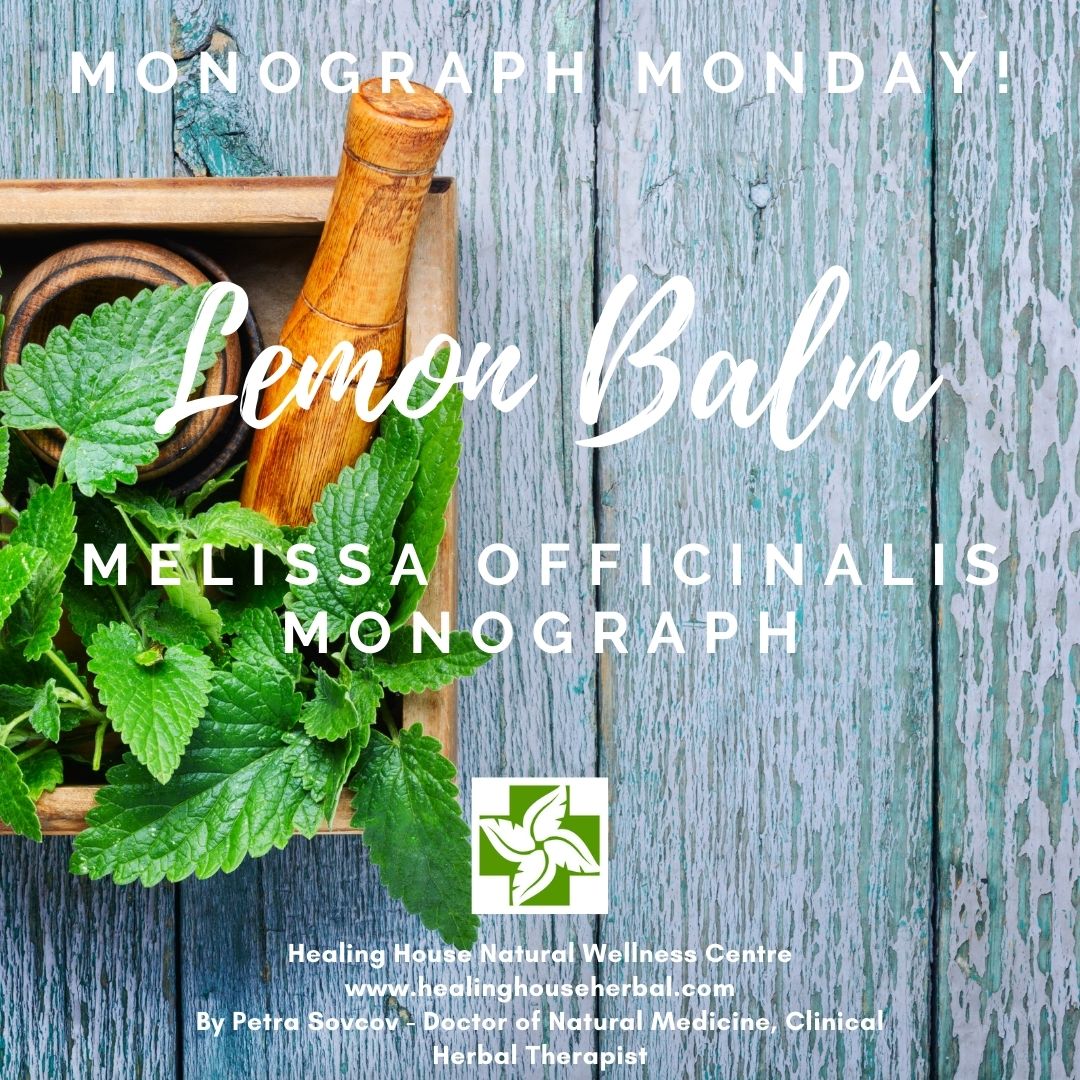

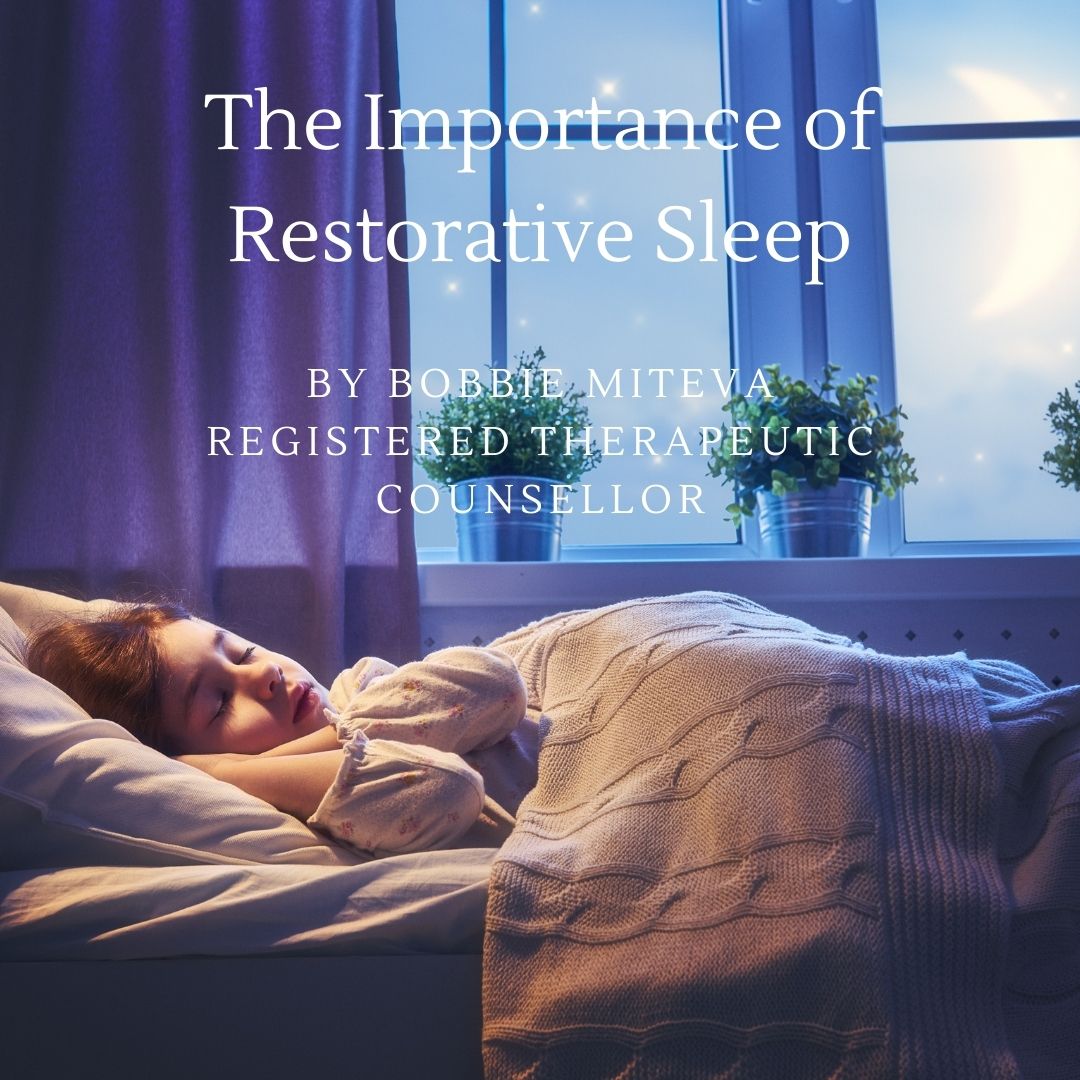
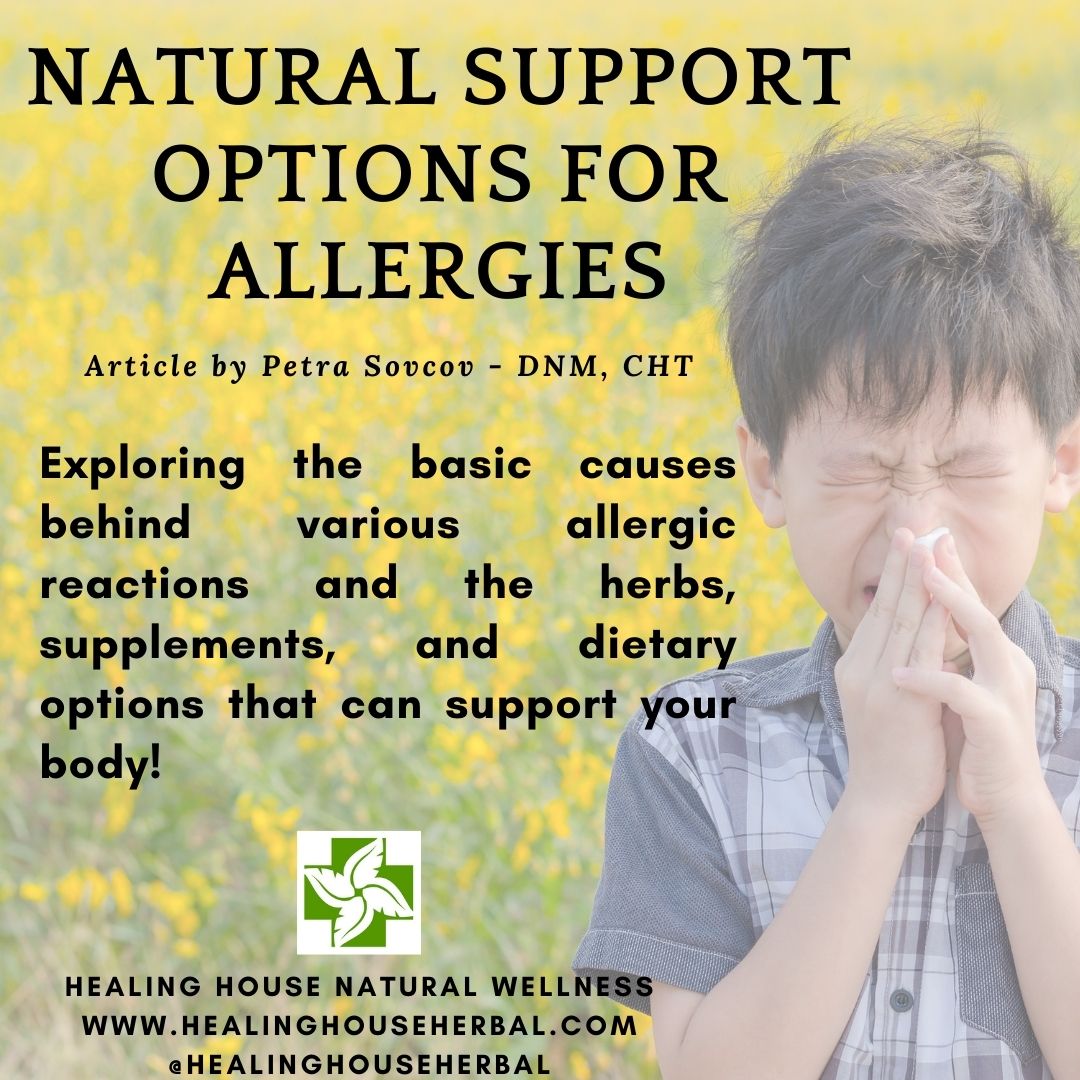

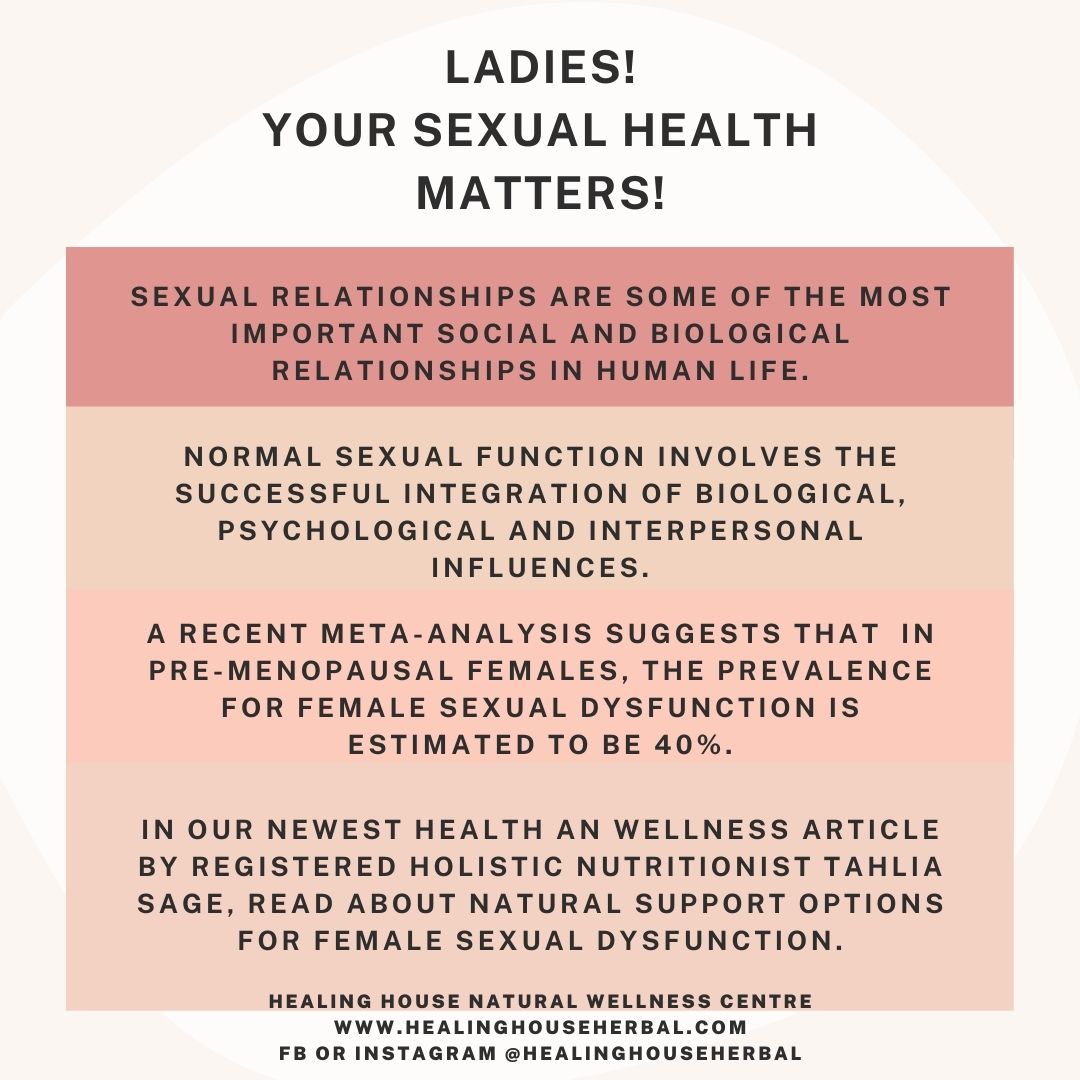
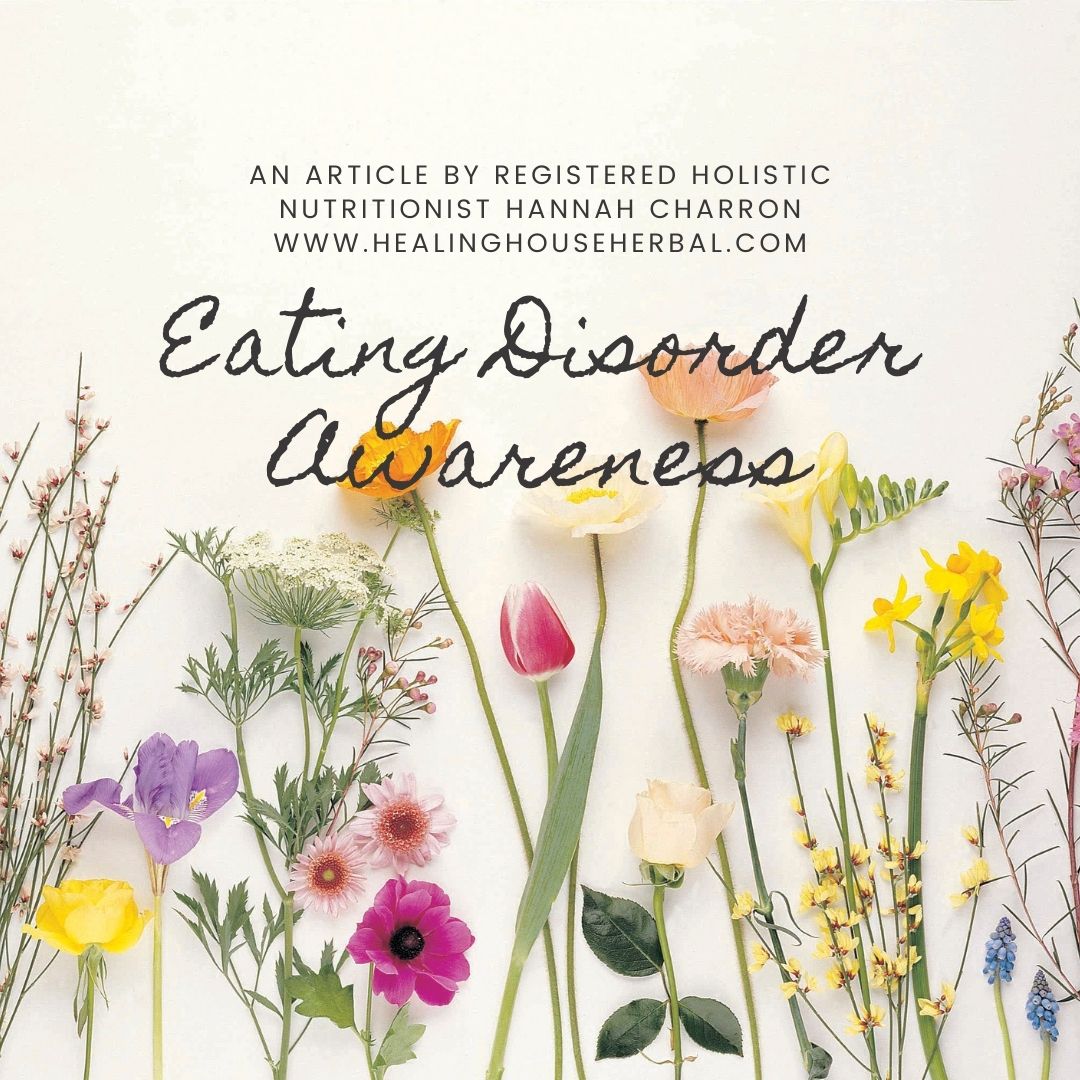
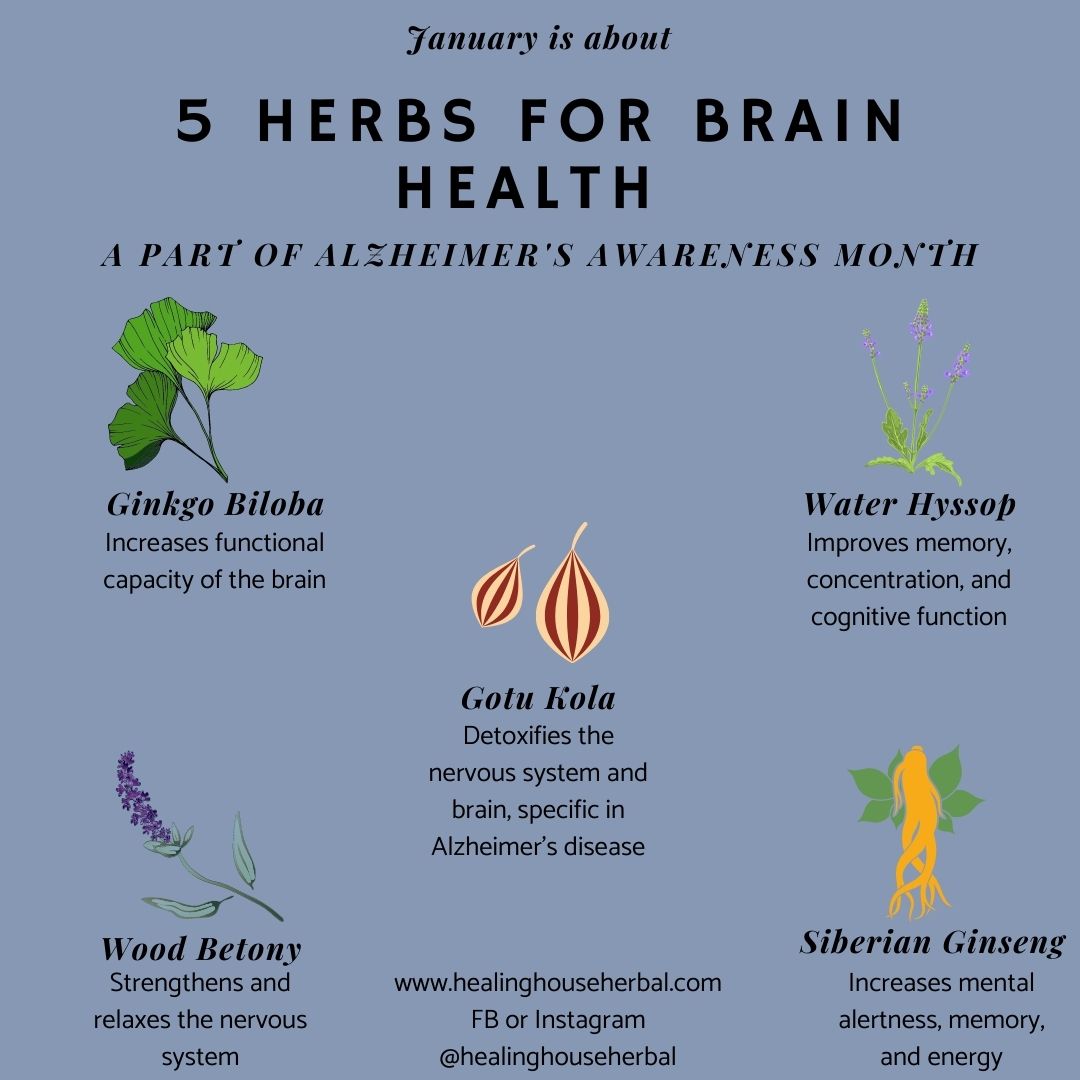

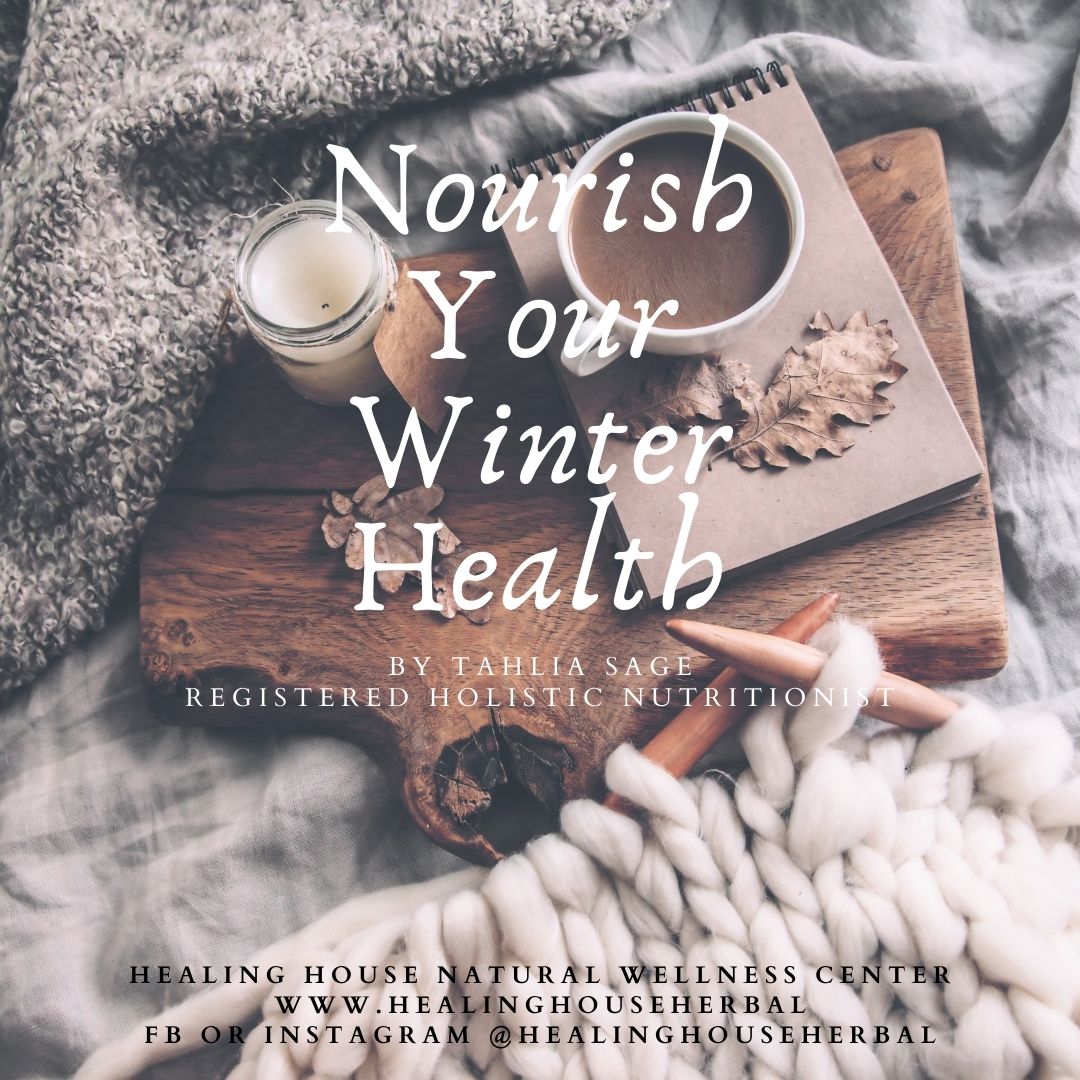
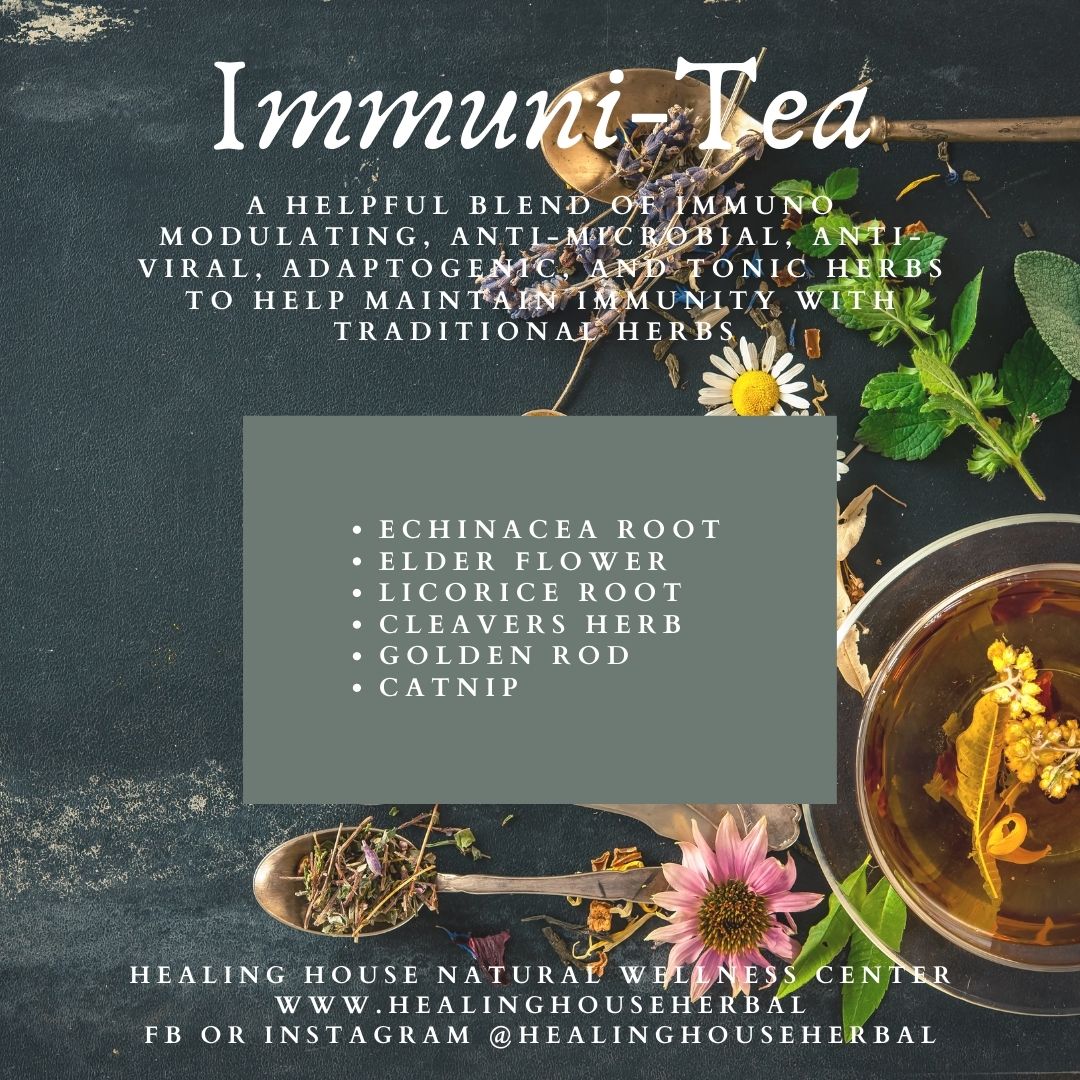

 RSS Feed
RSS Feed